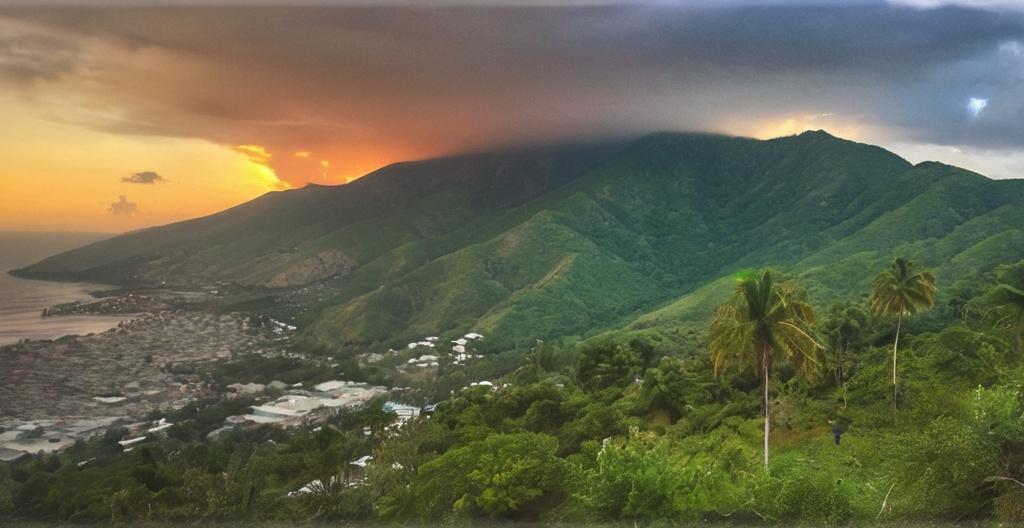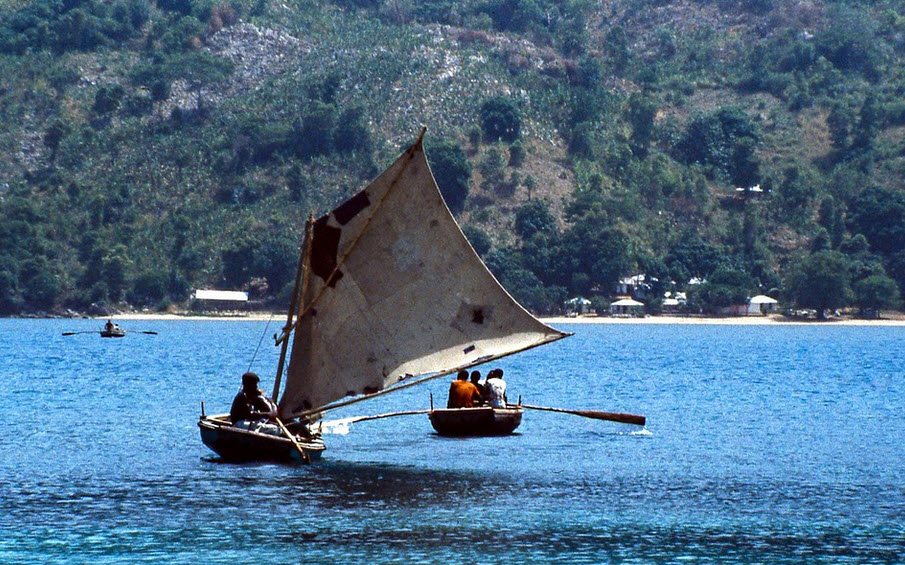Key Take Aways About Living in Haiti
- Haiti has a unique cultural blend of African, Taino, and French influences with Creole commonly spoken.
- Transportation is adventurous, featuring colorful tap-taps and bustling bus stations.
- Haitian cuisine is rich in spices, with dishes like griot and seafood as staples.
- Accommodations range from luxury hotels in Port-au-Prince to cozy guesthouses.
- Safety requires awareness of surroundings and potential natural disasters.
- Natural attractions include beautiful beaches, hiking trails, and the historical Citadelle Laferrière.
- Healthcare facilities may be limited; travel insurance and a basic first-aid kit are recommended.
- Connecting with locals enriches the experience and showcases the heart of the Haitian way of life.

Life on the Ground in Haiti
Living in Haiti is like opening a history book and stepping into its pages. The country is filled with stories, culture, and vibrant daily life. Situated on the western third of the island of Hispaniola, Haiti boasts a unique identity and a rich tapestry of life that’s deeply woven with the threads of its past.
Culture and Society
In Haiti, the culture is a lively mix of African, Taino, and French influences. Creole and French are the official languages, but it’s Creole that you’ll hear most often in daily conversations. The people of Haiti are known for their resilience and warmth, which can make even a newcomer feel like a local in no time. The music is infectious, and if you find yourself tapping your feet to the rhythms of **compás** or voodoo drumming, don’t be surprised. Music isn’t just a form of entertainment here; it’s woven into the fabric of everyday life.
Getting Around
Transportation in Haiti can be an adventure in itself. From the colorful, art-covered *tap-taps*—which are shared taxis—to the slightly chaotic but charming bus stations, getting from point A to point B is rarely boring. Port-au-Prince, the capital, is bustling and crowded, but for those with an eye for detail, the city’s every corner tells a story. Outside of the cities, travel can be a bit trickier. Roads are sometimes rough and navigating them can be a bumpy ride, but it’s the journey that makes the destination feel like a reward.
Food and Drink
A Haitian meal is a feast of flavors. Spices play a starring role, with dishes like **griot** (fried pork) and **tassot** (fried beef) often stealing the show. Seafood is also a staple, thanks to the extensive coastline. Then there’s the rice and beans—because no Haitian meal is truly complete without them. Street vendors will tempt you with **pâté** or **akra** (malanga fritters), and as you wander, you can wash down your snacks with a refreshing **papaye** (papaya) juice or rum mixed with freshly pressed sugar cane juice.
Accommodation Adventures
When it comes to finding a place to rest your head, there’s something for every taste and budget. In bustling Port-au-Prince, luxury hotels offer pools and ornate furnishings, while the more budget-friendly options tend to have a cozy, homey feel. The hotel staff are generally gracious and eager to help, and even the smallest guesthouses can come with a tale or two about their history.
Safety Considerations
Safety is a point of concern in Haiti, like in many other travel destinations. While crime can occur, with common sense and staying aware of your surroundings, you can focus more on the experience and less on worry. It’s advisable to keep travel documents secure and to be cautious at night. It’s not just the streets that require mindfulness; when venturing into the countryside, natural disasters like hurricanes are a potential threat, particularly during season.
Experiencing the Outdoors
The natural beauty of Haiti is often overshadowed by its more challenging aspects, but it’s a playground for those who love the great outdoors. The island’s beaches could easily rival any in the Caribbean. **Jacmel** is a favorite getaway for both locals and tourists, known for its French colonial architecture and art markets. Inland, mountains rise dramatically, offering trails for hiking enthusiasts. If you’re feeling particularly adventurous, a climb up to the Citadelle Laferrière, the largest fortress in the Americas, is both physically challenging and historically rewarding.
Healthcare and Resources
Healthcare in Haiti has its hurdles, and it’s something travelers often think about before coming here. Medical facilities, especially outside of the major cities, can be limited. It’s advisable to travel with a basic first-aid kit and any medications you might need. Staying updated on vaccinations and having travel insurance is always wise.
Connecting with the Locals
Despite the challenges, it’s the people who make Haiti unforgettable. Residents are often eager to share their stories and help visitors understand the nuances of their country. From the bustling markets where bartering is an art form, to the charming fishing villages where time seems to stand still, making connections here can leave a lasting impression. Treasure these interactions, as they are often the heart of the Haitian experience.
Conclusion
Living in Haiti isn’t just about adapting to a new environment; it’s about immersing oneself in a different way of life. The vibrant culture, welcoming people, and unique experiences ensure that anyone visiting or living in this island nation will never face a dull moment. While challenges exist, the rewards of engaging with such a rich and textured society make every moment worthwhile.
